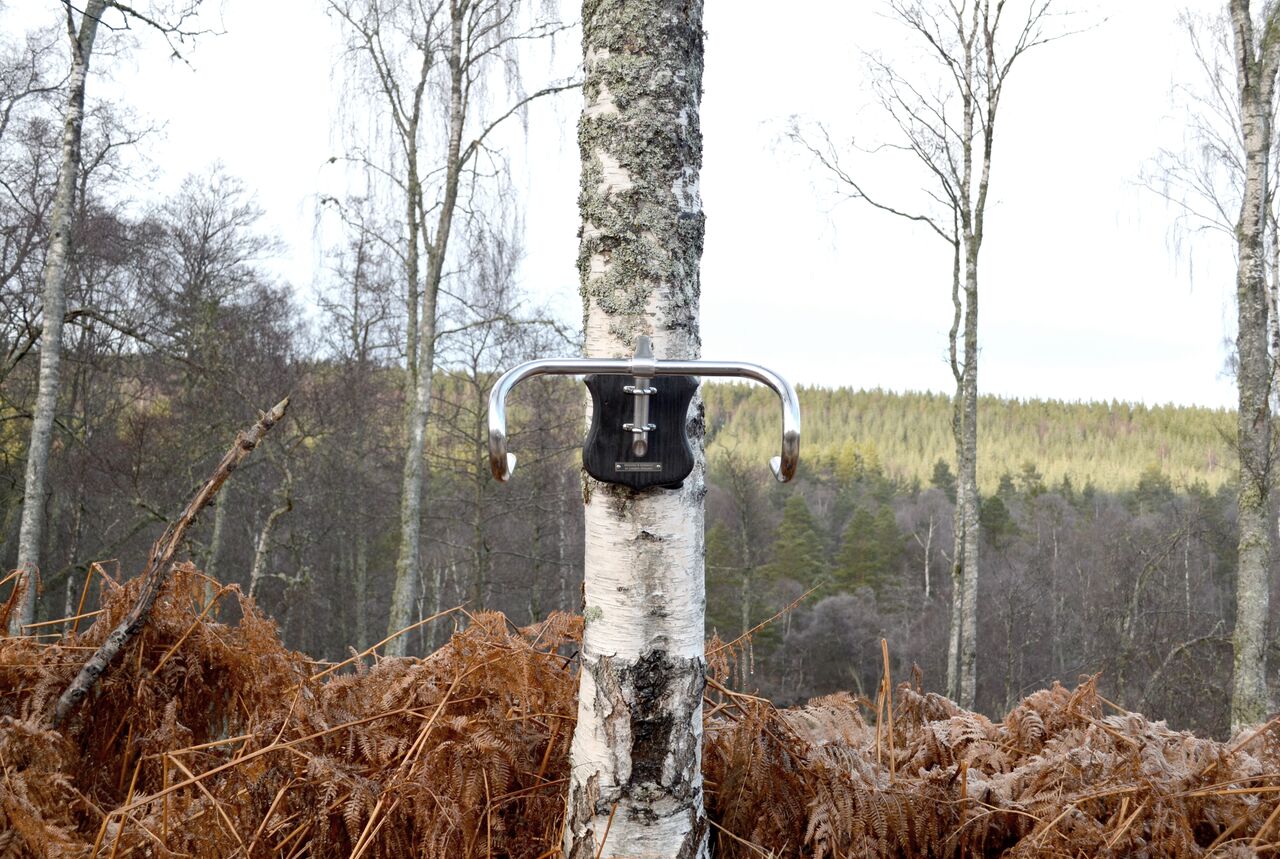Knowing when to say goodbye to a beloved bike can be one of life’s difficult decisions, Iain Treloar explains.
In Eastern Siberia, there’s a dwindling indigenous tribe called the Yukaghir, who—at the core of their existence—believe that all things have souls. Acutely in tune with their surroundings, the Yukaghir see the animals they prey upon and the landscape around them as possessing of spirit and emotion comparable to humans. In elaborate hunting rituals, they stalk bears and elk through the forest for months at a time, building what they perceive as a relationship with their prey, mimicking their movements, seducing them and forming a near-romantic connection. And then, regretfully, they take their lives—mourning the death as they would a friend, but acknowledging it as part of the great circle of life. In the Yukaghir’s kinship with their environment, each hunt is a fundamental necessity and a quiet tragedy.
I’m starting to feel a similar animism about my bikes of late, especially my old single-speed commuter. After years of shared history, it’s nearing the end. This is new to me; for my entire adult life, I’ve had a philandering attitude to bike possession, churning them over with voracious regularity, preserving their resale value and moving them on before an emotional connection can be made.
But this bike is different.
It’s a Giant Bowery, an aluminium framed single-speed with geometry modelled on the top-end race model, the TCR, and it once rode like an absolute maniac. Fast, snappy, excitable, untamed. Like an eager puppy ready to play.
Slowly we broke each other in, through scorching summers and bone-chilling winters. We’ve had three bad crashes, and nearly been taken out by careless drivers more times than I can count. The brake levers have deep scratches etched into their blades from slides along wet tarmac. A gash on the right seat-stay is a reminder of when a full bottle of beer hit the frame, thrown by a sneering car passenger. I’ve ridden dozens of other bikes, costing anywhere up to $10,000, and this is the only one that feels like coming home; each new review bike reinforces that this is a very special relationship that I shouldn’t take lightly.
After six years of daily use, I’m familiar with each sound, each click and clatter. I know the weight of the pedals when I flick them over to slide my feet into the cages; the pendulous motion of accelerating uphill; the smoothed texture of the bar-tape, worn by my hands, after countless hours sitting just so. The chain, now slacker than ever before, chatters quietly to itself as I pedal. I know the perfect way to shift my body for ruts in the road, and the braking forces to use. Riding this bike is like breathing.
At what point does an inanimate object begin to develop a personality and an identity? Is it in the decay? A bike, when new, is mechanical perfection, an immaculate, glossy blank canvas. Over time, the patina that forms is both a reflection and a projection of your identity as a rider.
Of the original bike, the frame is about all that remains, but the soul of my Bowery is still there. The mechanical issues are increasingly major; first the headset, then the bottom bracket, and then a persistent racket—like an empty soft drink can caught by the wind—signalled a fatal fork issue. Casting an eye over the bike now, it looks weary and worn. The wheels will be next to go—still running true and unbroken, but with an increasingly concave braking surface. That’ll cost a couple of hundred dollars more to fix, and be the point where I’ll need to once more assess if perhaps this is the end of the road. I still don’t know whether to prolong its life again. How much money is too much to throw at a bike that was never really worth that much in the first place? What value do you place on a life, and memories, and a shared existence?
Melodramatic as it may sound, this bike may be one of the most significant relationships of my life. But like anybody who’s said goodbye to a beloved family member or pet, I can sense the dark closing in. I’ve stalked my Bowery, seduced it, tamed it, fallen in love with it and wrung out nearly every last drop of vitality it can give me. I’m the Yukaghir in the forest, knowing that the end is near, but not willing to say goodbye just yet.
Artwork and photography: Bicycle Taxidermy / Regan Appleton
Ride On content is editorially independent, but is supported financially by members of Bicycle Network. If you enjoy our articles and want to support the future publication of high-quality content, please consider helping out by becoming a member.


Now, we can start to understand Brian and his beloved Fifi.
It’s not about the cost of the bike, it’s about the connection with it. That is not able to be put into a dollar value. In some cases it is worth more than money itself.
There is noting more satisfying than spending the time an effort breathing life back into an old soul(mate). The feeling of that youthful exuberance on that first ride once again and experiencing your facial muscles contort into a broad smile in doing so.
Bliss!
I find it sad that we throw thing out just because it’s cheaper to buy a new one. I know I waste more time than the dollar value is worth, but I just had a new wheel put on my 1985 Europa ! It hurt to throw out the original rim, but it was time.